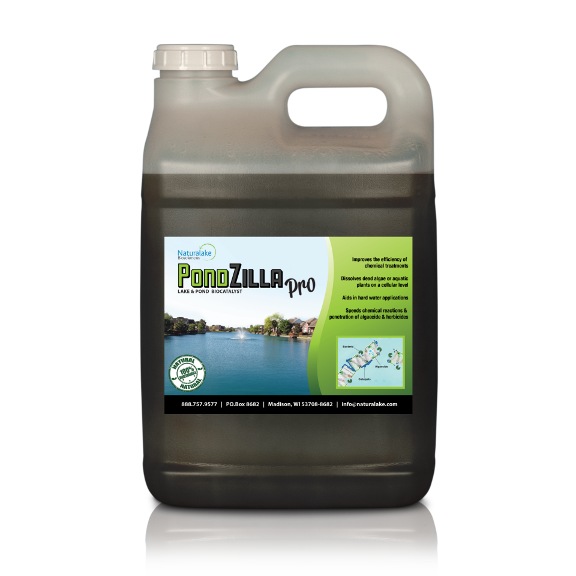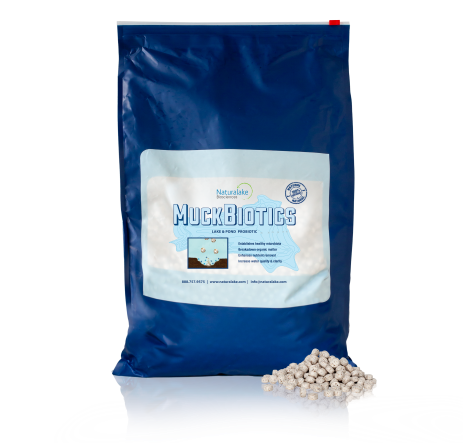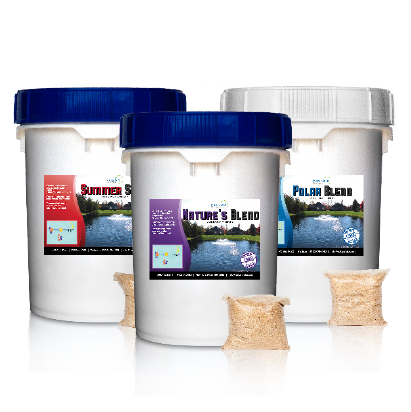
Hydrodictyon; What It Is and How to Treat It
by Deborah Lee
Hydrodictyon 100x (m)
100x (m) far-red fluorescence filter
400x (m)
400x (m) far-red fluorescence filter
This is a really pretty alga, it’s my favorite. Hydrodictyon, commonly called “water net,” is a colonial planktonic alga with large cells that are connected to form a reticulate pattern. Colonies can be very large in appearance, sometimes over 40cm wide and up to one meter in length.
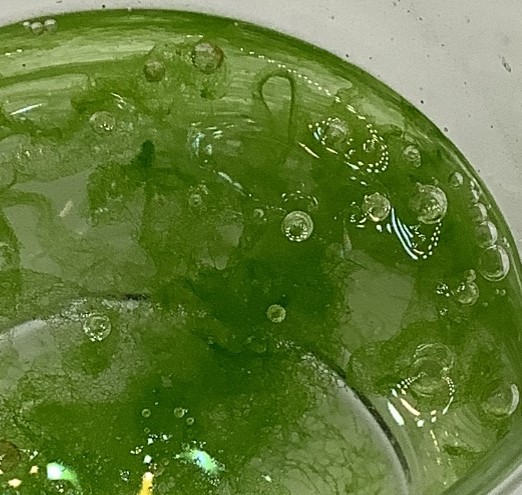
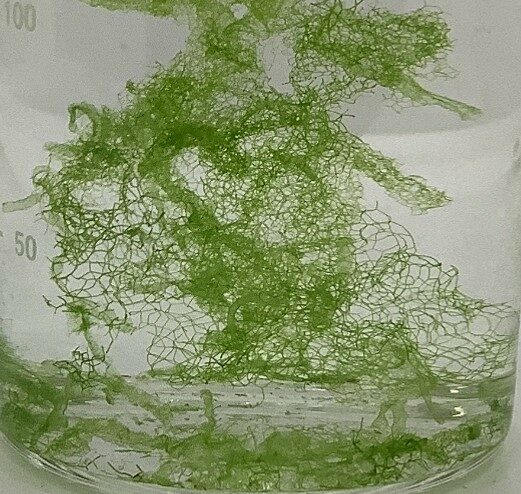
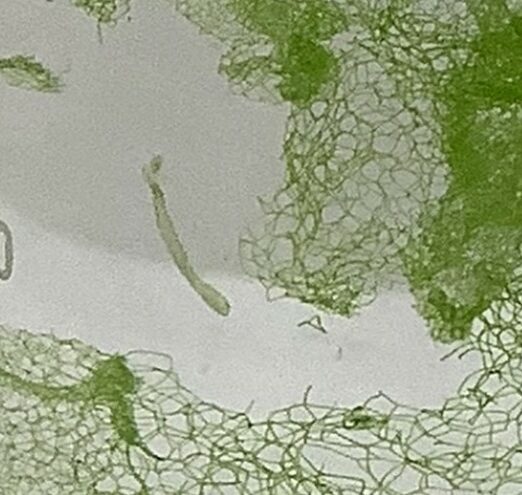
Hydrodictyon can be difficult to treat. Significant improvements in treatment efficacy of have been observed by blending the biocatalyst PondZilla Pro into pesticide tank mixes ( i.e. chelated copper, flumioxazine, diquat, endothall). PondZilla Pro improves treatment response time and facilitates the breakdown of dead algal cells. In addition, it is recommended to follow applications with a nutrient removal strategy (Temperature Driven Solutions or MuckBiotics) to reduce nutrients in the sediments and water column due to Hydrodictyon often being found in eutrophic waters.
About the Author
Deborah Lee is a senior Microbiologist at Natural Lake Biosciences, with 11 years of experience in microbial communities and their relationship with nitrogen and ammonia in aquatic ecosystems. Deborah’s testing on aquatic plants and algae in the Natural Lake Biosciences lab has led to many product developments and improved formulations. Her expertise in microbiology, algae, and aquatic plants is invaluable.


